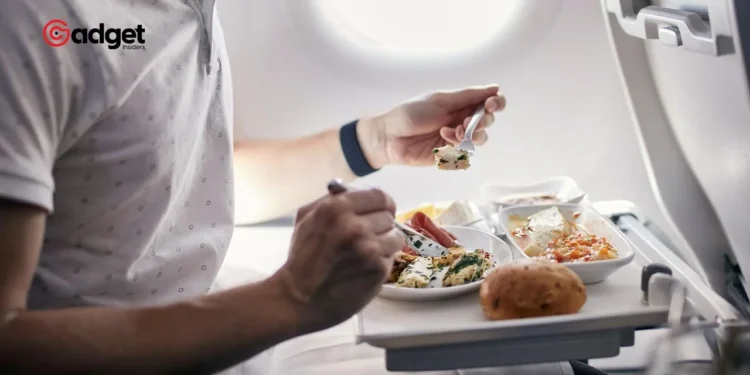In the ever-evolving world of air travel, airlines continuously seek innovative ways to enhance passenger experience while managing costs and logistical challenges. A notable shift is on the horizon concerning the culinary offerings at cruising altitudes.
Leading the charge, SATS Ltd., a prominent Singapore-based airport services provider, has recently hinted at a significant increase in pre-frozen meals served to passengers aboard various airlines.
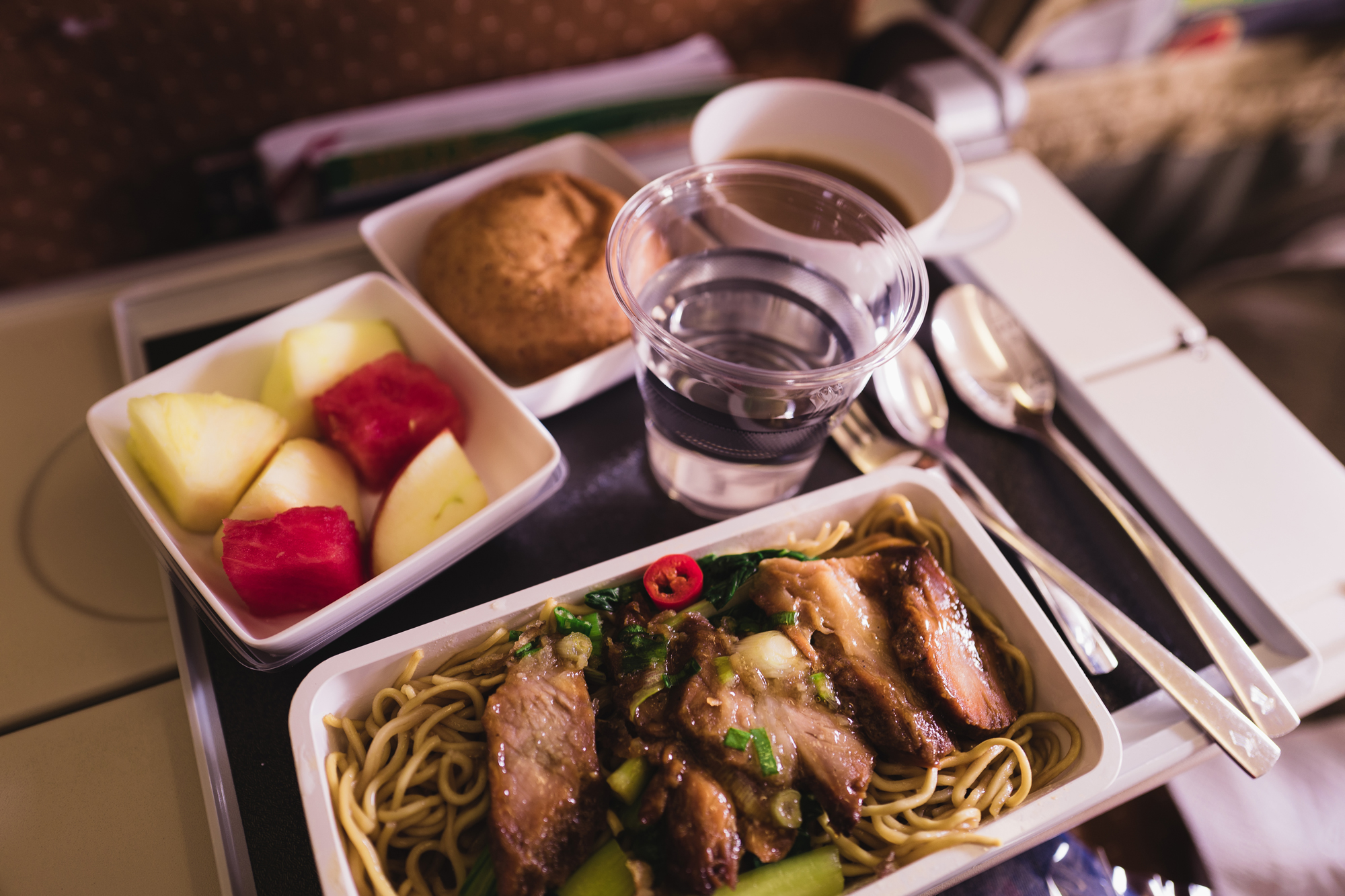
Recently airlines have target: Too much plastic. For this breakfast, it seems the only cup is plastic single-use. Other plastic trays should be recycled.
During a recent results briefing, SATS unveiled insights that might change how we dine above the clouds. The revelation? Passengers reportedly “couldn’t tell the difference” between meals that had been frozen and those prepared using traditional methods. This feedback could usher in a new era of in-flight dining, where quality meets convenience without compromise.
Airlines Industry: A Culinary Mile High Club
The implications of SATS Ltd.’s findings are twofold. Firstly, this could lead to a broader adoption of frozen foods in the airline industry, a move that would streamline operations and potentially reduce food waste—an ongoing challenge in air travel catering. Secondly, the acceptance of such meals by passengers reflects a shift in perception towards frozen food, traditionally viewed as less desirable than fresh alternatives.
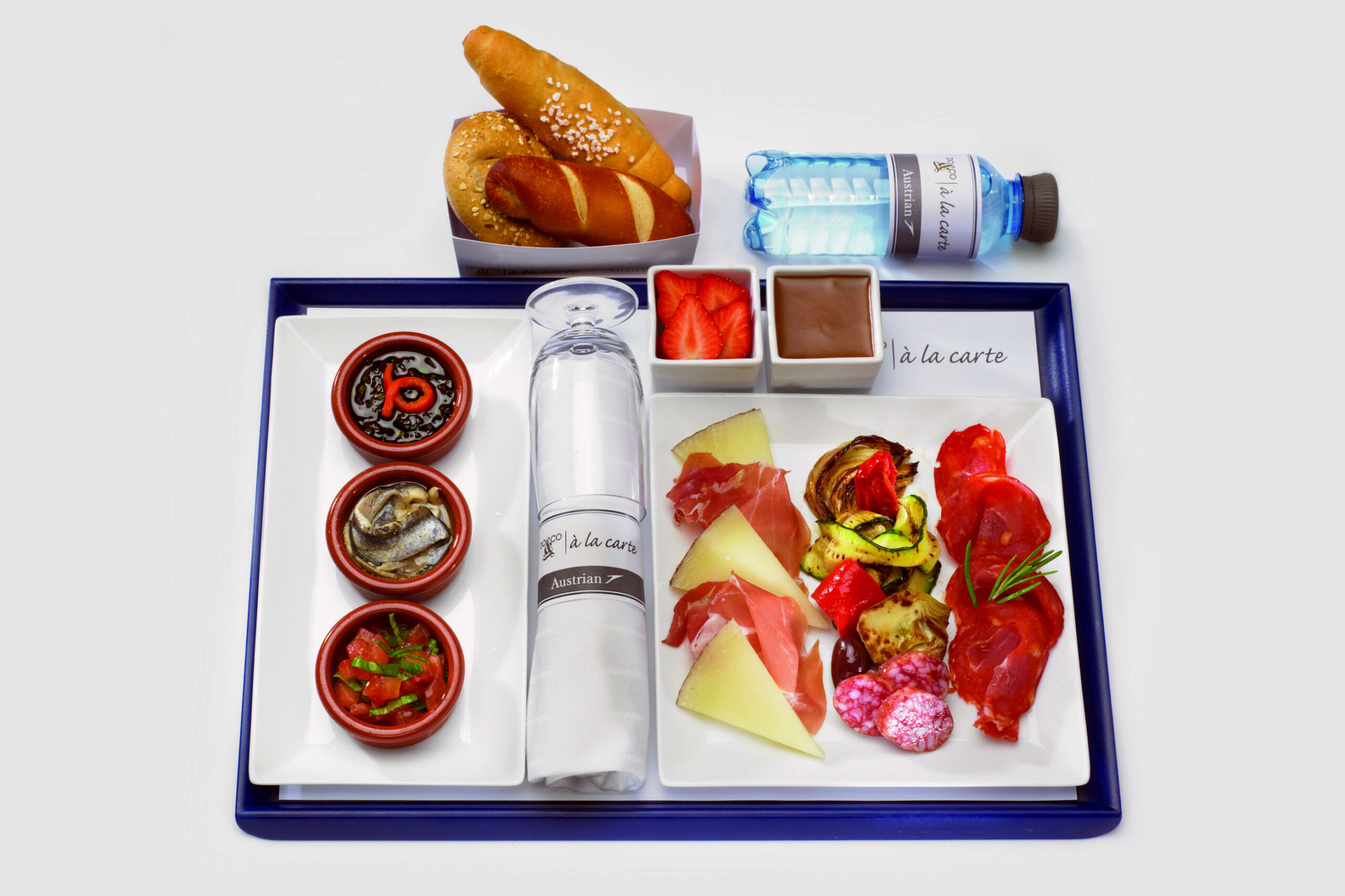
“Passengers couldn’t tell the difference,” noted a spokesperson from SATS during the briefing.
This statement not only highlights the quality of modern freezing techniques but also signifies a potential shift in menu planning for airlines. With the advanced technology at their disposal, SATS and similar companies can preserve the taste, texture, and nutritional value of meals, making them as delightful as their freshly prepared counterparts.
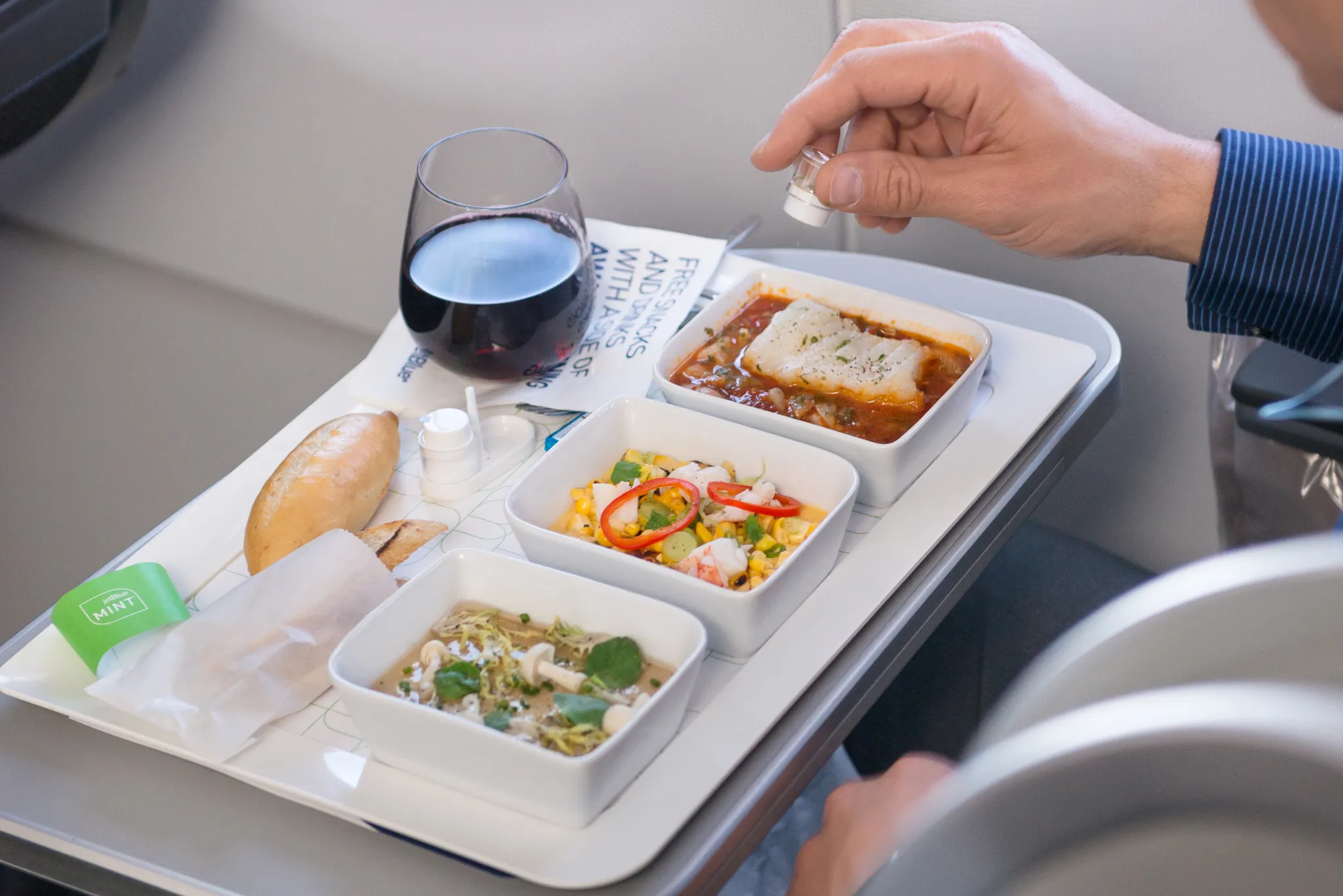
The Future of In-Flight Cuisine
What does this mean for the future of in-flight meals? As airlines adopt more pre-frozen food options, passengers can expect a wider variety of choices. Frozen meals offer the advantage of extended shelf life, which can lead to an increase in exotic and international menu options previously unavailable due to freshness constraints.
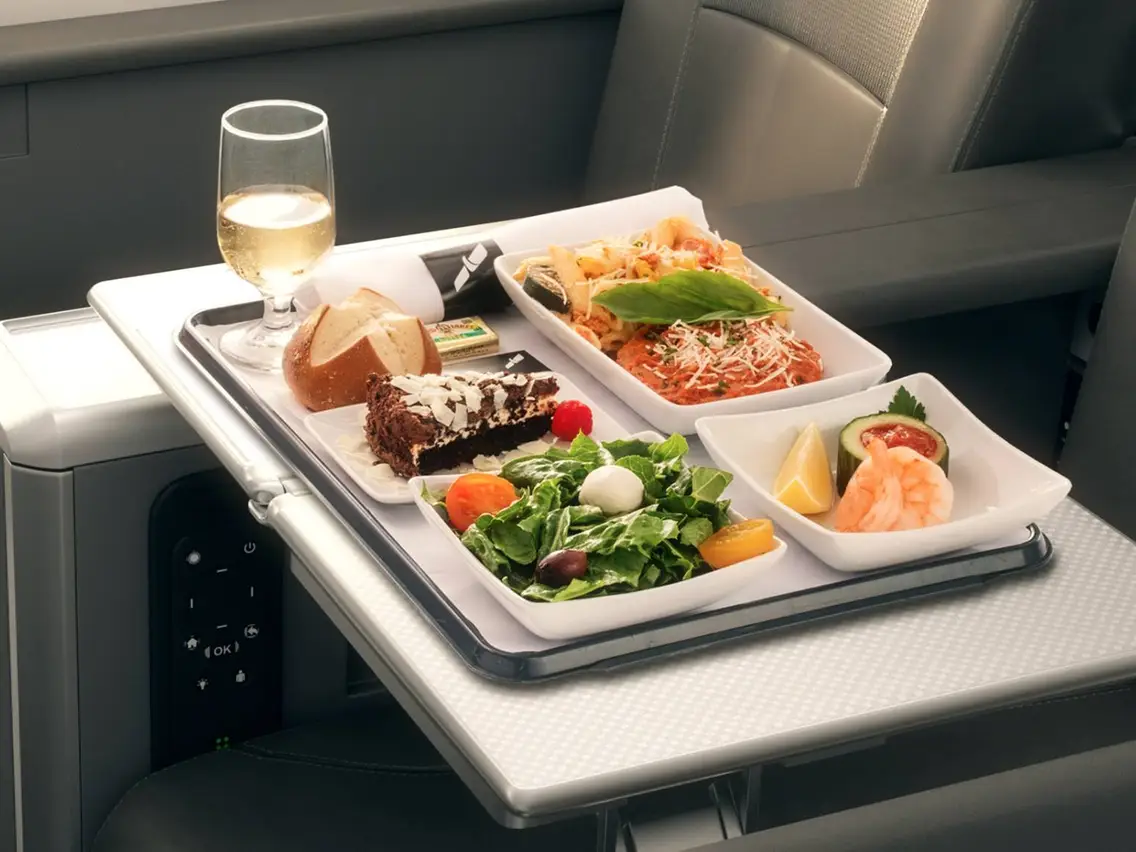
Moreover, the efficiency of using pre-frozen meals can help airlines reduce operational costs. These savings can be redirected towards other areas of service enhancement, potentially leading to lower ticket prices or improved in-flight services. It’s a win-win scenario for both airlines and travelers, where convenience does not sacrifice quality.
The skies might just be getting tastier, thanks to innovative approaches like those of SATS Ltd. As the airline industry continues to embrace these changes, the journey becomes as enjoyable as the destination, with every meal served as a testament to the blend of culinary art and technology. Keep an eye on your next boarding pass—it could also be a ticket to a delightful gastronomic experience above the clouds.

